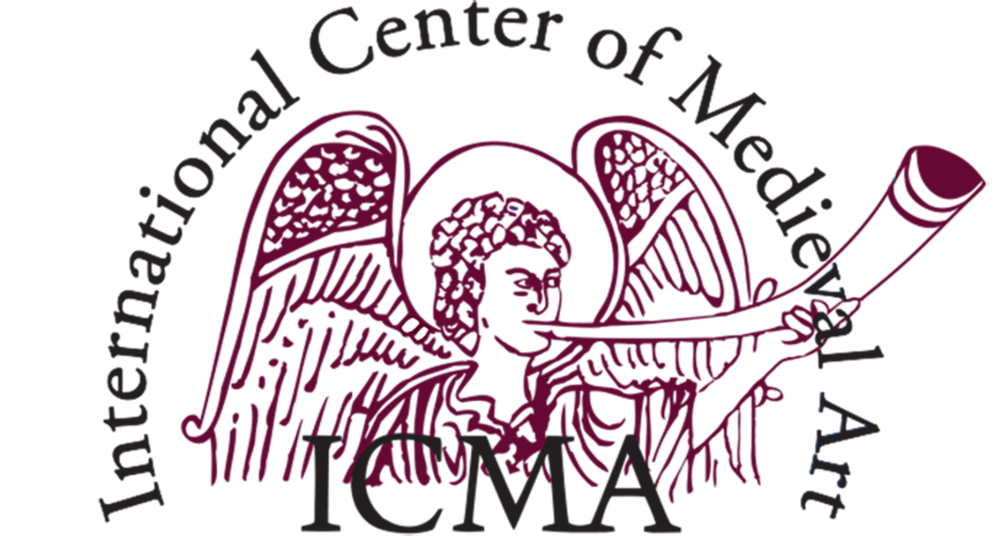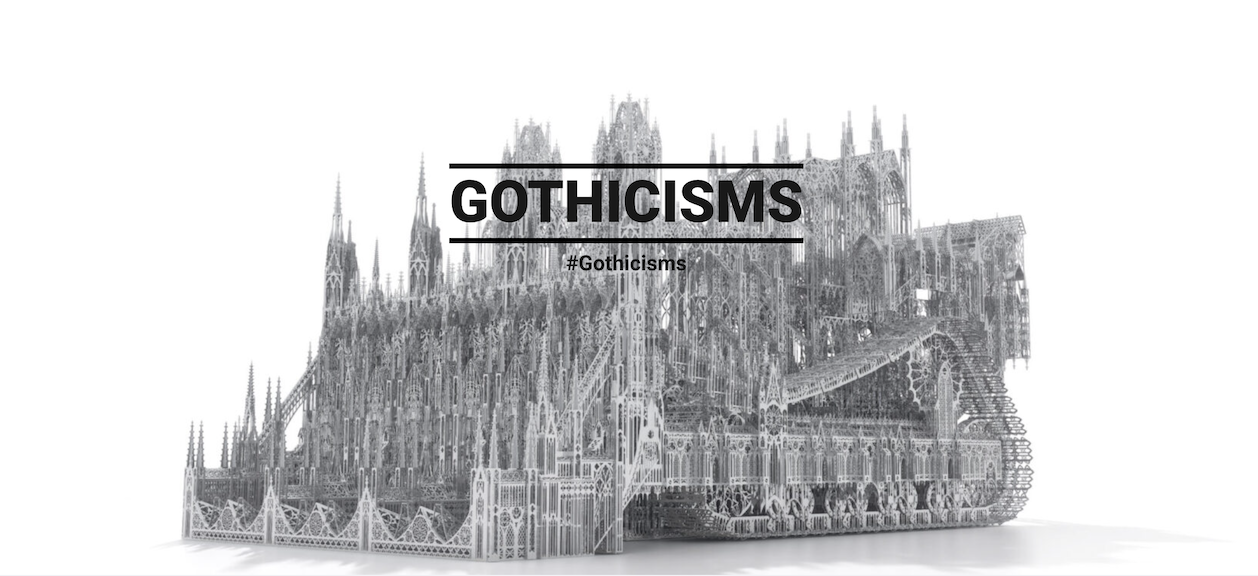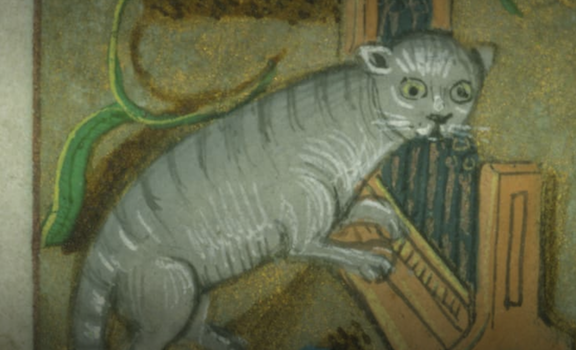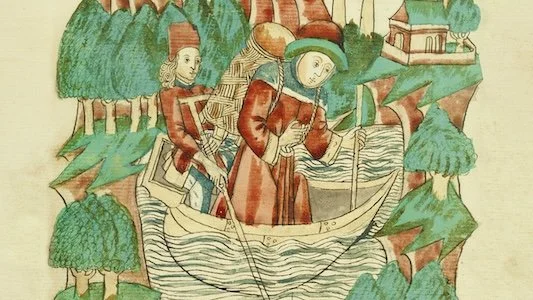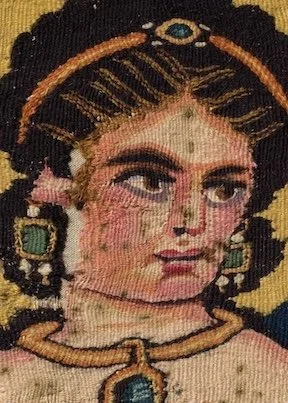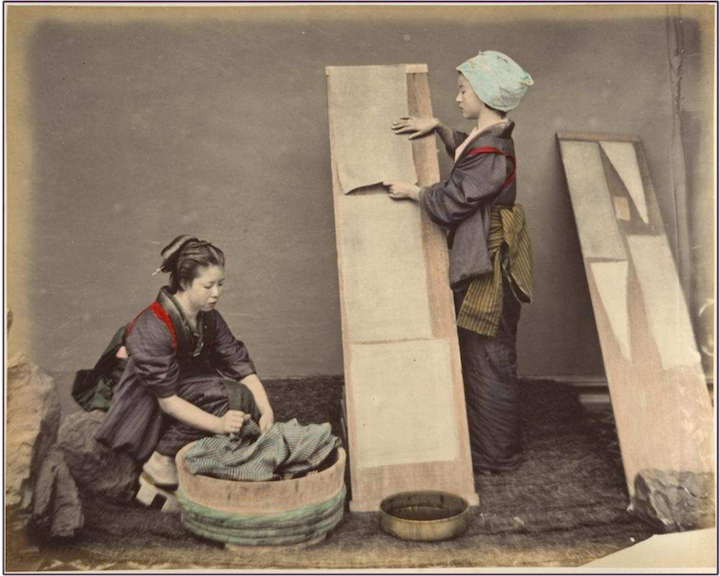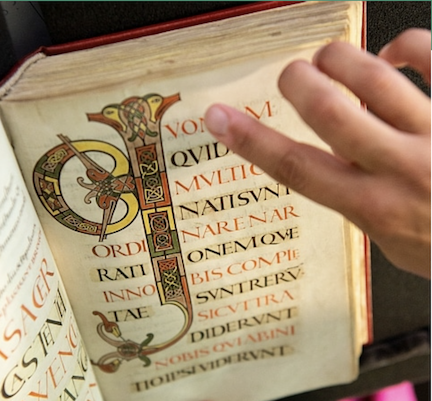International Online Conference
Islamic Medieval Wall Paintings: towards an Interdisciplinary Approach
September 4-5, 2025
Conference Programme Times are provided in Central European Summer Time (UTC/GMT +2 hours)
Conference language: English
Conference Organizers: Dr. Ana Marija Grbanovic (Centre for Heritage Conservation Studies and Technologies (KDWT), University of Bamberg) and Dr. Agnieszka Lic (Institute of Mediterranean and Oriental Cultures, Polish Academy of Sciences)
This conference is related to the Iranian Medieval Wall Paintings project funded by the German Research Foundation - the DFG, at University of Bamberg’s Centre for Heritage Conservation Studies and Technologies – the KDWT (Applicant: Dr. Ana Marija Grbanovic).
For more information and to register, visit https://www.uni-bamberg.de/forensische-organik/imwp-tagung/
Conference Program
Day 1 – September 4, 2025
09.00-9.30: Opening of the Conference
Welcome and Greetings, Housekeeping Information
9.30-10.30: Keynote
Prof. Dr. Markus Ritter, ‘Space Painting in Medieval Islamic Art and Abbasid Raqqa’
10.30-11.00: Break
11.00-12.30: Podium Discussion 1: Research and Conservation of wall paintings for a sustainable future
Moderator: Franziska Prell, M.A. and Leander Pallas, M. A.
Dr. Habil. Dobrochna Zielińska, ‘Technology of medieval Nubian wall paintings. An insight into a culture through the materiality of an image’
Franziska Kabelitz, M. A., ‘Aspects of Sustainability in Exhibition Management (tbc)’
Dr. Melina Perdikopoulou, ‘Layers of Memory: Preserving Ottoman Wall Paintings in Greece’
Speaker tbc, ‘Title tbc’
12.30-13.00: Break
13.00-15.00: Panel 1: Setting the Ground: Conservation, Preservation and Production Technologies of Wall Paintings
Chair: Dr. Ana Marija Grbanovic
Prof. Dr.-Ing. May al-Ibrashy and Amina Karam, M.A., ‘The painted wood interior of al-Imam al-Shafi’i Dome in Historic Cairo: Discoveries and Observations from the Conservation Project’
Dr. Yury Karev, ‘Self-image of the ruler: Qarakhanids and their contemporary Turcic dynastic rivals (Wall paintings of Samarkand/Afrasiab)’
Dr. Melina Perdikopoulou, ‘The Wall Paintings of Alaca Imaret in Thessaloniki: A Comparative Approach to 15th-Century Ottoman Painting’
Dr. Giovanna De Palma, ‘The conservation of Qusayr ‘Amra wall paintings: methodologies and discoveries’
15.00-15.30: Break
15.30 – 17.00: Panel 2: Cutting Edge Research of Wall Paintings in the Islamic West
Chair: Dr. Peter Tamas Nagy
Assoc. Prof. Dr. Victor Garcia Rabasco, ‘Abbadid Seville and the development of the Caliphate’s artistic language’
Assoc. Prof. Dr. Umberto Bongianino, ‘Wall painting in the Islamic West and the aesthetic of naqsh’
Walid Akef, M.A., ‘Islamic Mural Paintings: Propaganda and Power in the Age of Chivalry and Crusades’
17.00-17.30: Break
17.30-18.30: Special Session: Innovative Approaches to Research of Wall Paintings in Christian Nubia
Chair: Dr. Agnieszka Lic
Prof. Dr. Karel Christian Innemée, ‘Costumes of Authority, Images of Authority. Christian wall paintings of Medieval Nubia’
Dr. Agnieszka Jacobson-Cielecka, ‘From mural to costume: The reconstruction process of medieval robes’
Day 2 – September 5, 2025
9.00-11.00: Panel 3: Archaeology of Islamic Wall Paintings in the Middle East
Chair: Dr. Agnieszka Lic
Dr. Thomas Leisten, ‘An Umayyad Painters’ Studio at Work: Design and Execution of Frescos at Balis, Syria’
Dr. Julie Bonnéric and Solène Mathieu, ‘The Wall Paintings of the House of Hearts: Interpreting Archaeological Fragments from a Byzantine and Umayyad Urban Residence in Jerash, Northern Jordan’
Dr. Ignacio Arce, ‘Umayyad Mural Paintings: from architectural decoration to narratives of power: some case studies from Qasr Hallabat/ Hammam as Sarrah, Qusayr Amra and Khirbat al Mafjar’
Ass. Prof. Dr. Tawfiq Da’adli, ‘Khirbat al-Mafjar frescoes reconstruction – which pieces found their way in and why others were left out?’
11.00-11.30: Break
11.30-13.00: Podium Discussion 2: DEIA and gender-sensitive research of wall paintings: perspectives for societal cohesion
Moderator: Dr. Mareike Spychala
Cornelia Thielmann, M. A., ‘Gender-sensitive studies for architectural cultural heritage preservation’
Dr. Ana Marija Grbanovic, ‘Intersectionality analysis for preservation of endangered monuments with wall paintings in Ottoman Baroque South-eastern Europe’
Prof. Dr. Konstantinos Giakoumis, ‘Visual Artworks and Blind or Visually Impaired Persons: New Concepts for Independent Accessibility of Orthodox Icons’
Dr. Jeanine Linz, ‘Gender sensitive research and gender dimension in proposals’
13.00-14.00: Break
14.00-16.00: Panel 4: Research and Preservation of Persianate Islamic Medieval Wall Paintings
Chair: tbc
Dr. Hamed Sayyadshahri, Ass. Prof. Dr. Mohammad Mortazavi and Dr. Mozhgan Mousazadeh, ‘A review on the Conservation of Historical Wall Paintings in Khurasan, Iran: An Ethical Discussion’
Ass. Prof. Dr. Amir Hossein Karimy and Ass. Prof. Dr. Parviz Holakooei, ‘Gilding and glittering in wall decorations from the 12th to the 17th century Iran’
Dr. Ana Marija Grbanovic, ‘Medieval wall paintings in Iran: a trans-regional phenomenon?’
Mohammad Mahdi Amini Qomi and Mohammad Mahdi Mohammadi Iraqi, ‘Art historical research of damaged wall paintings at the Gunbad-i Azadan mosque near Isfahan’
16.00-16.30: Break
16.30-18.00: Podium Discussion 3: Role of digitization in research of wall paintings: challenges and perspectives
Moderator: Dr. John Hindmarch
Dr. Ines Konczak-Nagel, ‘Buddhist Murals of Kucha on the Northern Silk Road’
Dr. Erik Radisch, ‘Buddhist Murals of Kucha on the Northern Silk Road’
Dr. Ivana Lemcool, ‘Digitizing Fresco Paintings in the Balkan Area- Issues and Perspectives in Digital Preservation of Monumental Heritage in Multi-faith Environments’
18.00-18.30: Break
18.30-20.00: Special Session: AI, ML new technologies and ethical aspects for research of wall paintings
Moderator: Dr. Julian Hauser
Prof. Dr. Markus Rickert, ‘AI application in different domains: from production to agriculture to … cultural heritage?’
Dr. Tomasz Michalik, ‘Eye-tracking as a tool to support informed presentations of wall paintings’
20.00-21.00: Conference Closing Discussion
